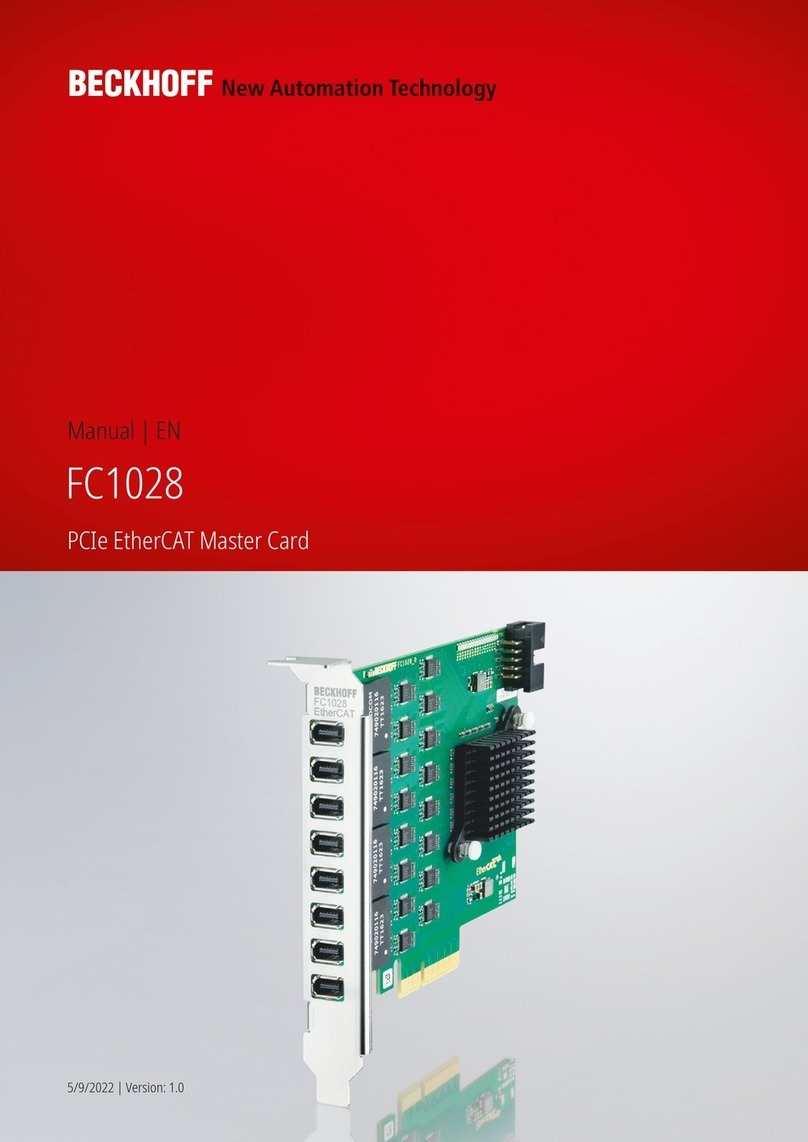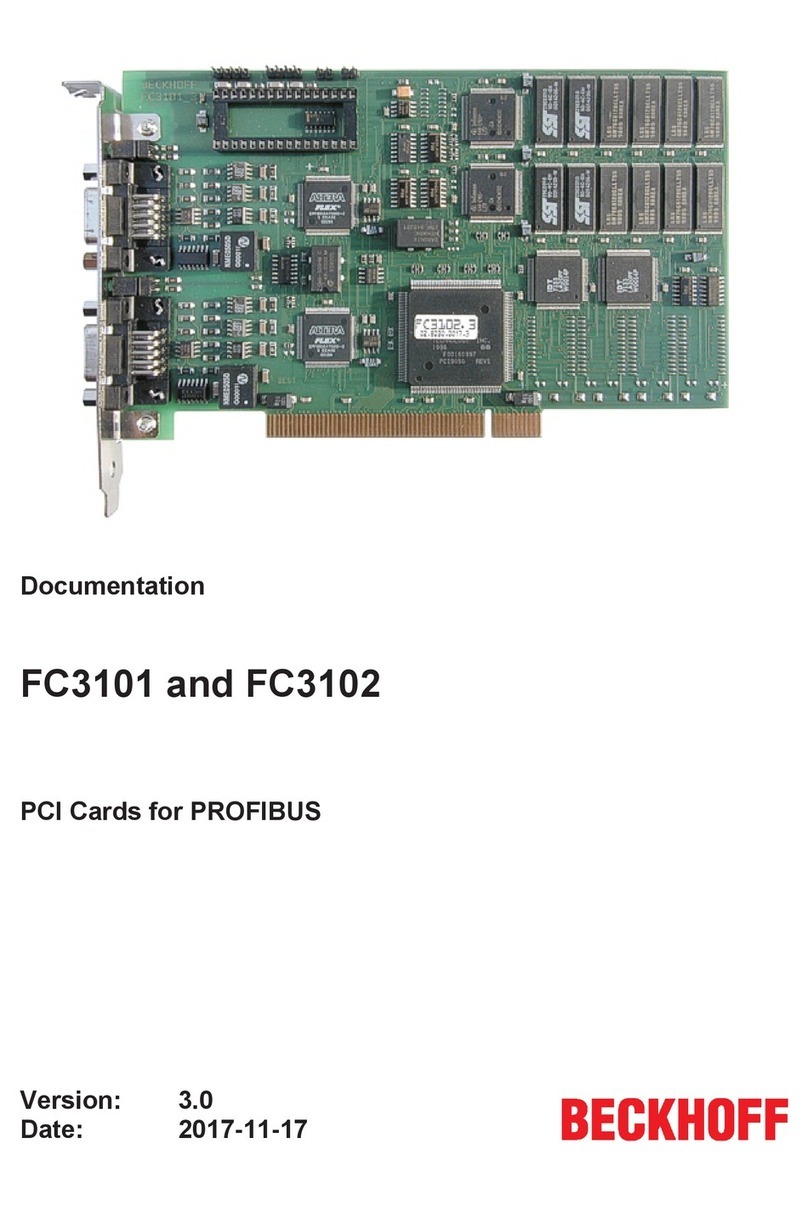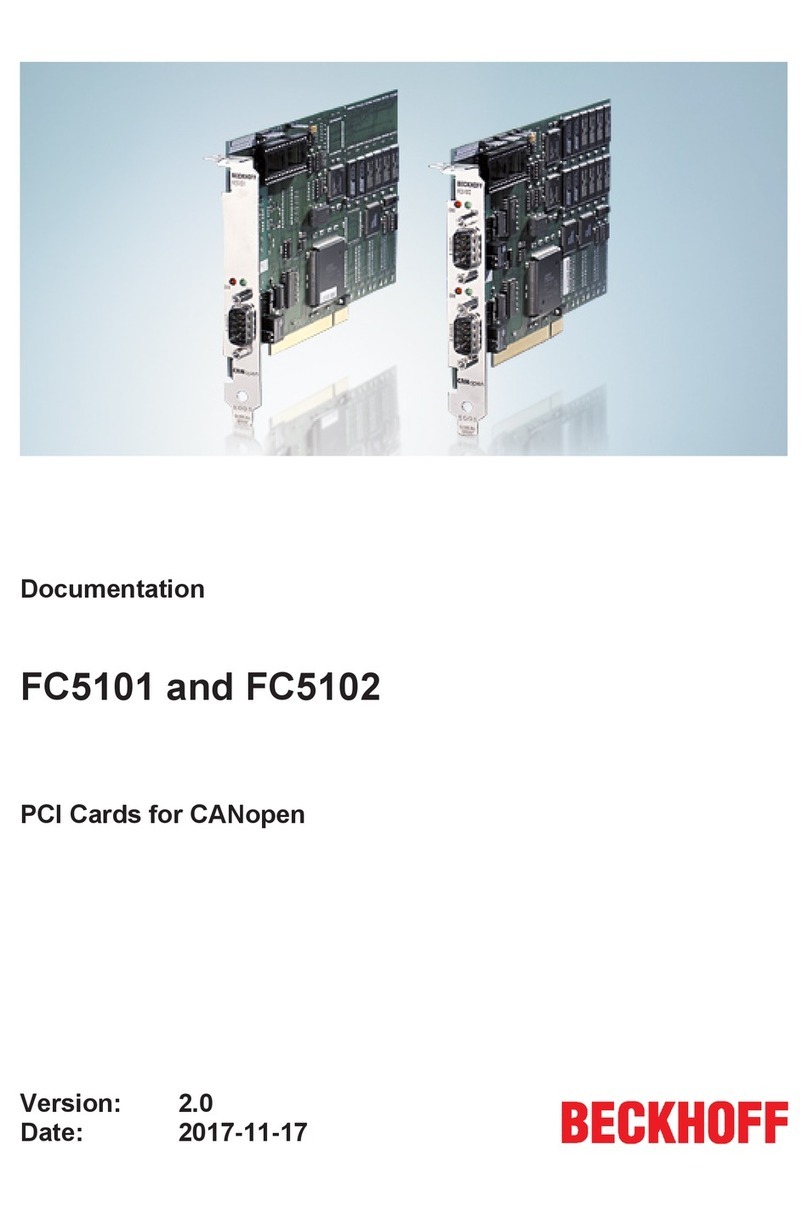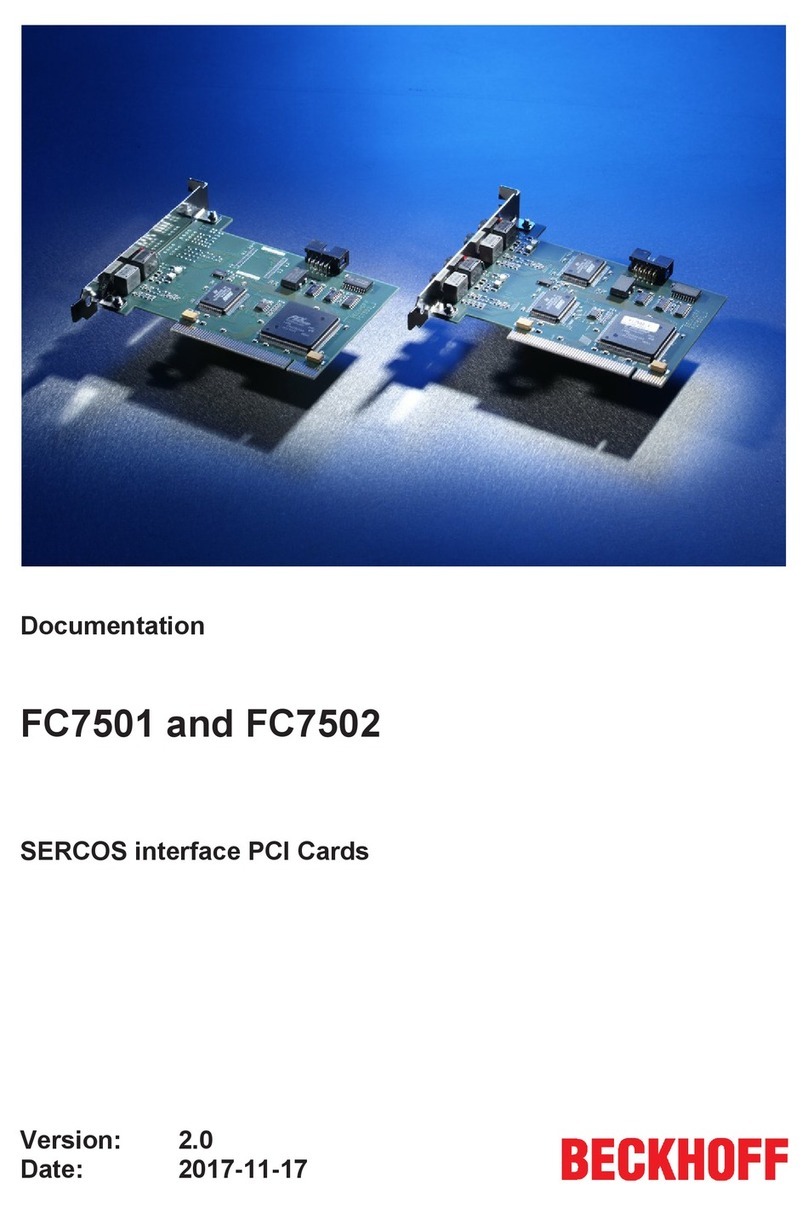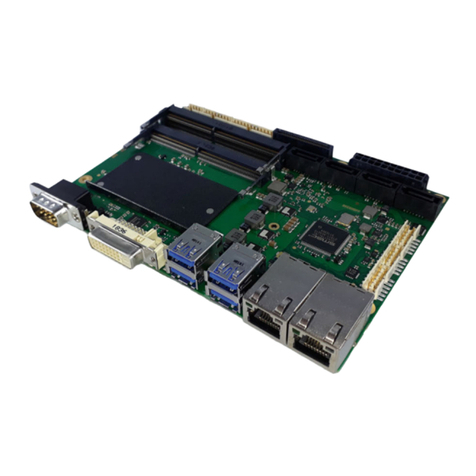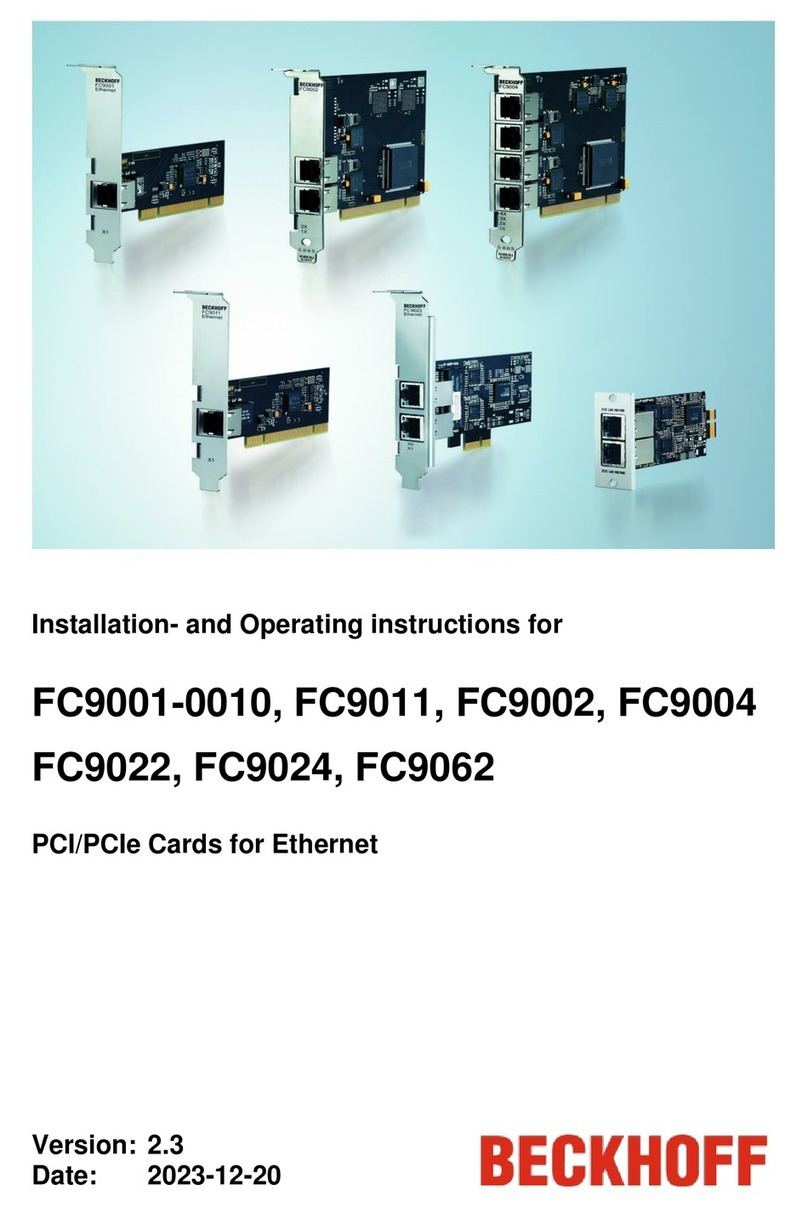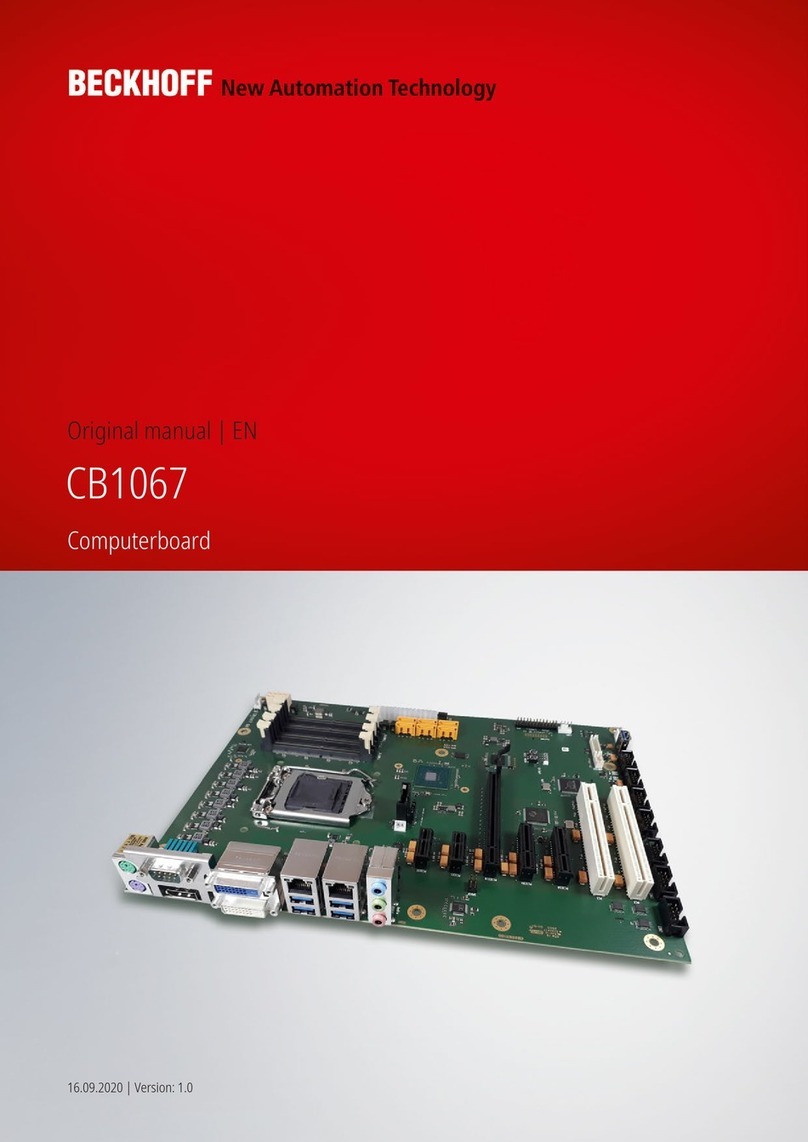
Table of contents
CB7268 3
Version: 1.1
Table of contents
1 Documentation issue status.....................................................................................................................5
2 Notes on the documentation ....................................................................................................................6
3 Safety instructions ....................................................................................................................................7
4 Overview.....................................................................................................................................................9
4.1 Properties ..........................................................................................................................................9
4.2 List of features .................................................................................................................................10
4.3 Specifications and documents.........................................................................................................11
5 External connections ..............................................................................................................................12
5.1 External connector overview ...........................................................................................................12
5.2 List of interfaces ..............................................................................................................................12
5.3 Front panel: Power supply (X101) ...................................................................................................13
5.4 Front panel: LAN 1 - 3 (X102, X103, X104).....................................................................................14
5.5 Front panel: DisplayPort (X105) ......................................................................................................15
5.6 Front panel: USB 3.1 GEN2 (X106-X109).......................................................................................16
6 Internal connections................................................................................................................................17
6.1 Internal connector overview.............................................................................................................17
6.2 List of plugs .....................................................................................................................................17
6.3 Internal: BeaCon140........................................................................................................................18
6.4 Internal: Battery ...............................................................................................................................21
6.5 Internal: FAN ...................................................................................................................................21
6.6 Internal: M.2.....................................................................................................................................22
7 LEDs..........................................................................................................................................................24
7.1 Power control...................................................................................................................................24
7.2 SATA ...............................................................................................................................................24
7.3 TwinCAT..........................................................................................................................................25
7.4 UPS-OCT.........................................................................................................................................26
8 BIOS..........................................................................................................................................................27
8.1 Using the setup................................................................................................................................27
8.2 Main.................................................................................................................................................28
8.3 Advanced.........................................................................................................................................30
8.3.1 RC ACPI settings............................................................................................................. 31
8.3.2 CPU Configuration........................................................................................................... 32
8.3.3 Trusted Computing Disable ............................................................................................. 33
8.3.4 Trusted Computing Enable .............................................................................................. 34
8.3.5 ACPI Settings Enabled .................................................................................................... 35
8.3.6 ACPI Settings Disabled ................................................................................................... 35
8.3.7 Hardware Monitor ............................................................................................................ 36
8.3.8 AMI Graphic Output Protocol Policy ................................................................................ 36
8.3.9 PCI Subsystem Settings .................................................................................................. 37
8.3.10 USB Configuration ........................................................................................................... 39
8.3.11 NVMe Configuration ........................................................................................................ 40
8.3.12 Power Controller Options................................................................................................. 41






